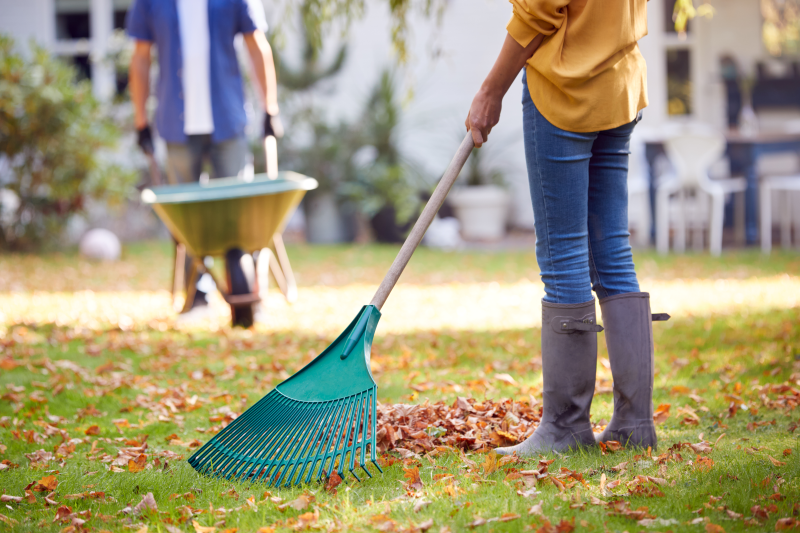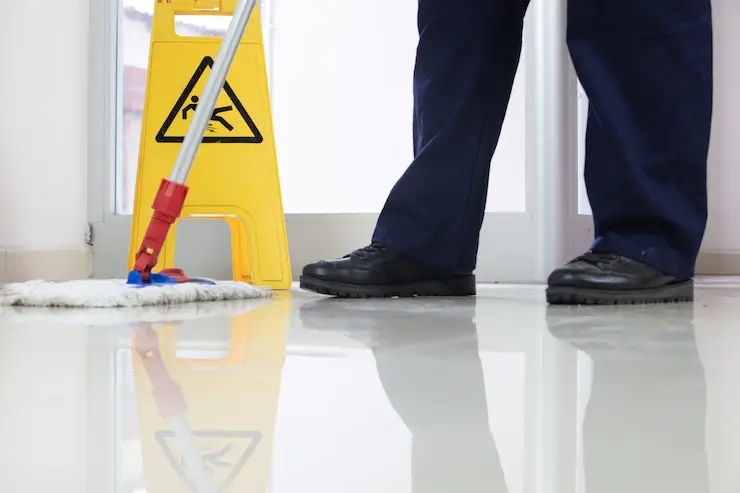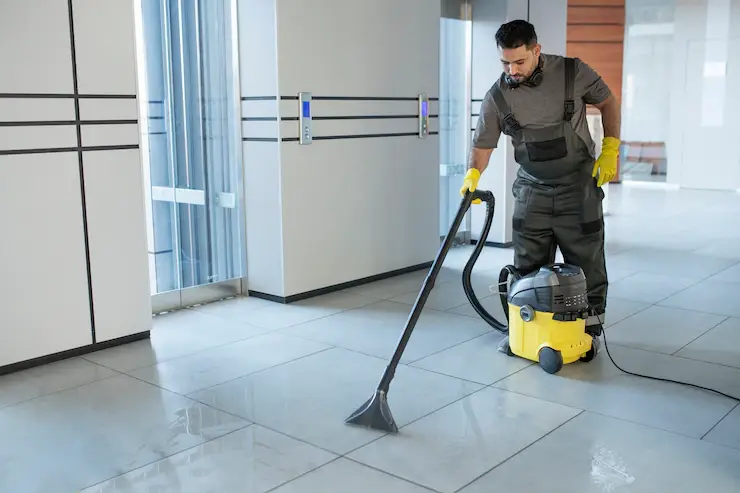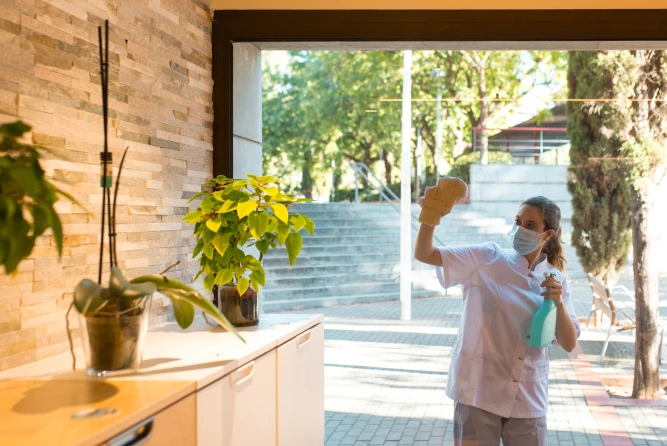
The fall season is the primary cleaning season for offices. It is especially challenging to keep the office clean during this time because of the increased dirt and debris, build-up of allergens and reduced natural light. As leaves start falling, they cause extra mess near the entrances. More employees become ill this flu and cold season, increasing the need for sanitizing surfaces. All in all, cleaning offices in the fall is no easy feat. But, here is a detailed commercial fall cleaning checklist that can make the work easier for any office. Let’s begin.
It doesn’t matter whether you have a small or medium-sized office. A thorough cleaning is necessary to make the working environment safe and hazard-free. Before beginning with the checklist, let’s take a look at the major cleaning challenges you may face during this season.
You must address these concerns while cleaning the office this fall season. You can also personalize the checklist based on the impact of these factors on your office.
We are going to divide the commercial fall cleaning checklist into two parts.
Cleaning the interior of an office takes a lot of time. So, we suggest you begin with it.
There are different elements to consider while cleaning the inside of an office. The common examples include floors, furniture, electronics, windows, restrooms, carpets and more.
Gather all the cleaning supplies and equipment you need right at the beginning. Wear personal protective equipment like gloves. As a safety precaution, check power cord connections before using or cleaning any electrical equipment.
Remove items that you no longer use. This prevents the accumulation of unnecessary materials over time. Assess what you need and what you don’t. If you have multiple files and objects, sort them into categories so the space looks professional.
Remove non-essential items from your desktops. Use a cable management system to organize cables and wires.
Declutter one area at a time and move on to the next step after the entire office looks organized.
Dusting is a crucial step in cleaning offices during fall. As HVAC systems are activated, dust and debris start accumulating on the surfaces along with allergens.
What should you dust?
How should you dust?
You can use microfiber dusting mits, feather dusters or synthetic wool dusters to clean the surfaces. The best types of materials for dusting are lint-free dusting cloths and microfiber cloths because they trap the dust instead of spreading it in the air.
Dust the high levels first and then work your way down.
Most employees fall sick in the fall season because of the poor quality of air. Dust and pollen accumulate at a faster rate when the HVAC systems are switched on. Thus, you should inspect the systems to maintain healthy air quality inside the office.
Here’s what you can do to ensure the HVAC system runs efficiently:
Proper maintenance of HVAC systems is not only important for improving air quality but also prolongs the life of the system. You should get a professional to do it for you if you don’t have the time or expertise.
The dusting is already done in the first step. So now it’s time to clean the interior windows.
Here’s how to do so:
The changing weather brings stubborn dust, fallen leaves and rain, which make window cleaning quite a task. You should choose a dry, cloudy day for window cleaning to maintain the best, clear view of the windows and maximize natural light.
**Check for streaks after the windows have dried. Re-clean if necessary.
Use a quality disinfectant to clean high-touch surfaces in your office. These are the areas that are touched frequently.
Do not start wiping the moment you spray the disinfectant. Allow it to dwell on the surface for a few minutes and then wipe it down.
Fallen leaves often get tracked into the office creating a mess in the entryways. Employees can also add to the mess with their dirty shoes and wet floors, due to the rainy fall weather.
Vacuum the entire office floor from the lobby and hallways to the elevator and other common areas. You can use a dust mop to access the hard-to-reach corners and edges.
Clean the entry mats and vacuum underneath as well. You can also schedule commercial carpet cleaning once a month.
Vacuum high-traffic paths and get rid of any debris you see in the office. Clean the air vents using the vacuum cleaner.
Once vacuuming is done, start mopping the area to maintain the highest standards of cleanliness. It helps remove stains and grime that vacuum cleaners may miss.
Business owners or managers lack the time to perform the above-mentioned cleaning tasks. Also, you may need to invest separately in cleaning supplies and learn the proper techniques for using them. This is where the role of commercial cleaners comes into play. They are trained and skilled in maintaining the cleanliness and hygiene of an office, especially in the fall season. The commercial office cleaners at Kaspar Cleaning Services, for instance, help with deep cleaning, ensuring safety, maintaining hygiene and improving the appearance of floors.




